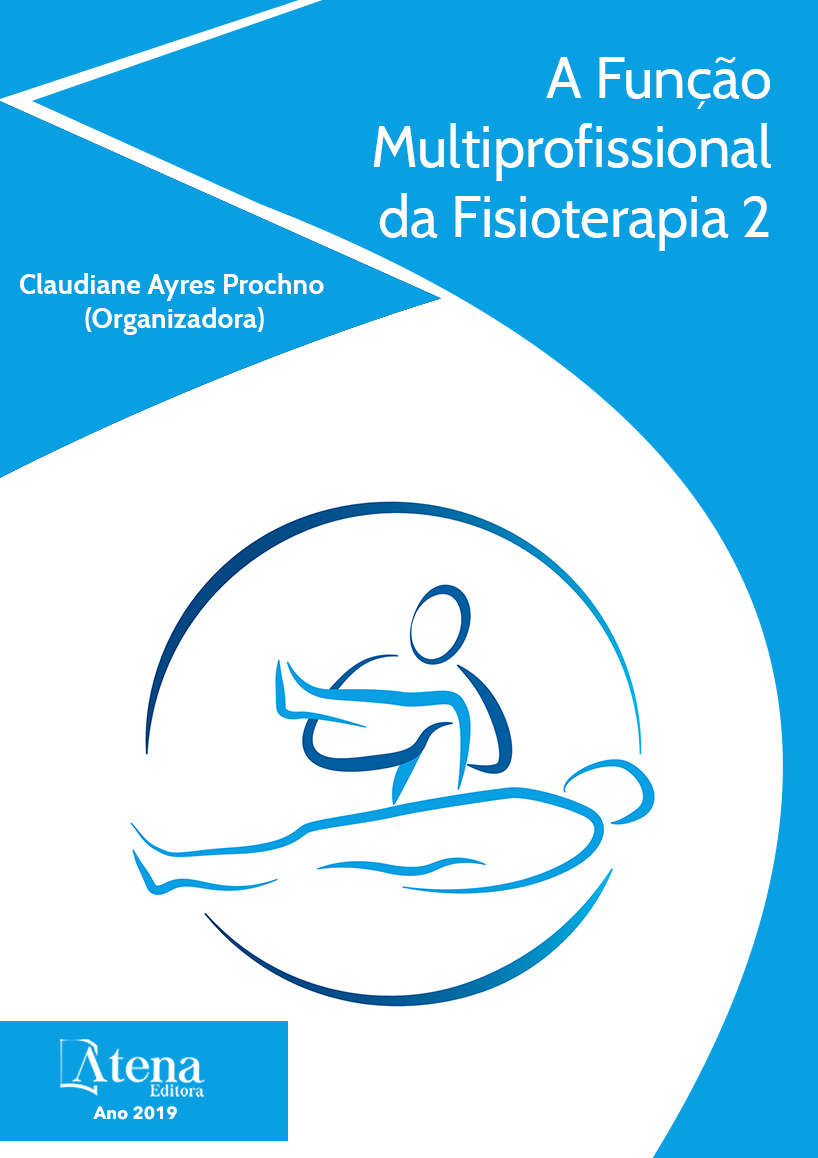
TERAPIA DE ESPELHO COMO RECURSO TERAPÊUTICO NA REDUÇÃO DA DOR FANTASMA: UMA REVISÃO INTEGRATIVA
O membro fantasma é a experiência
de possuir um membro que se comporta como
o real. As informações sensoriais dos nervos
periféricos se tornam ausentes e os neurônios do
sistema nervoso central se tornam hiperativos,
gerando dor. A terapia de espelho ativa áreas
motoras e pré-motoras do córtex cerebral
funcionando como via de recrutamento dos
neurônios motores que melhora a mobilidade,
reverte o quadro de mudanças dentro do
córtex sensório-motor e reduz a dor. O objetivo
foi averiguar a eficácia da terapia de espelho
em pacientes com dor no membro fantasma.
A revisão foi realizada a partir de artigos
disponibilizados nas bases de dados LILACS,
SciELO, PEDro, CAPES e MEDLINE dos
últimos 10 anos através da combinação dos
descritores “Amputação”, “ Membro Fantasma”,
“Extremidade Superior”, “Extremidade Inferior”
e seus equivalentes em inglês e espanhol com
arranjo dos operadores booleanos. Foram
excluídos artigos indisponíveis, realizados em
animais, relatos de casos, artigos de revisão e
aqueles que não corresponderam à temática
proposta. Foram obtidos 599 artigos científicos,
contudo, após a aplicação dos critérios
de inclusão e exclusão, apenas 4 artigos
abordavam a temática proposta para análise.
A terapia de espelho faz-se uma técnica de
reabilitação eficiente no tratamento de pacientes
amputados. Porém, os resultados encontrados
foram de grande variedade, devido uma falta de
padronização nos protocolos, não impedindo
ou interferindo na eficácia do tratamento. Com
base na literatura e os dados observados, a
terapia de espelho é eficaz no tratamento de
pacientes com dor fantasma.
TERAPIA DE ESPELHO COMO RECURSO TERAPÊUTICO NA REDUÇÃO DA DOR FANTASMA: UMA REVISÃO INTEGRATIVA
-
DOI: 10.22533/at.ed.34519231024
-
Palavras-chave: Amputação; Dor Fantasma; Terapia de Espelho
-
Keywords: Amputation; Phantom Pain; Mirror Therapy
-
Abstract:
The phantom limb is the experience
of owning a limb that behaves like the real one.
The sensory information of the peripheral nerves becomes absent and the neurons of the
central nervous system become hyperactive, generating pain. Mirror therapy activates
motor and pre-motor areas of the cerebral cortex functioning as a recruitment pathway
for motor neurons that improves mobility, reverses the changes within the sensorimotor
cortex, and reduces pain. The objective was to investigate the efficacy of mirror therapy
in patients with phantom limb pain. The review was carried out from articles available
in the LILACS, SciELO, PEDro, CAPES and MEDLINE databases of the last 10 years
by combining the descriptors “Amputation”, “Phantom Limb”, “Upper Extremity”, “Lower
Extremity”, and its equivalents in English and Spanish with arrangement of Boolean
operators. Unavailable items, made in animals, case reports, review articles and those
that did not correspond to the proposed theme were excluded. 599 scientific articles
were obtained, however, after applying the inclusion and exclusion criteria, only 4 articles
addressed the proposed theme for analysis. Mirror therapy is an efficient rehabilitation
technique for treating amputees. However, the results were of great variety, due to a
lack of standardization in the protocols, not hindering or interfering in the efficacy of
the treatment. Based on the literature and observed data, mirror therapy is effective in
treating patients with phantom pain.
-
Número de páginas: 15
- Giovanna Patresse da Paz Soares Sousa
- Richele Jorrara de Oliveira Sales
- Ana Vannise de Melo Gomes
- Tátila Gabrielle Rolim Cardoso


